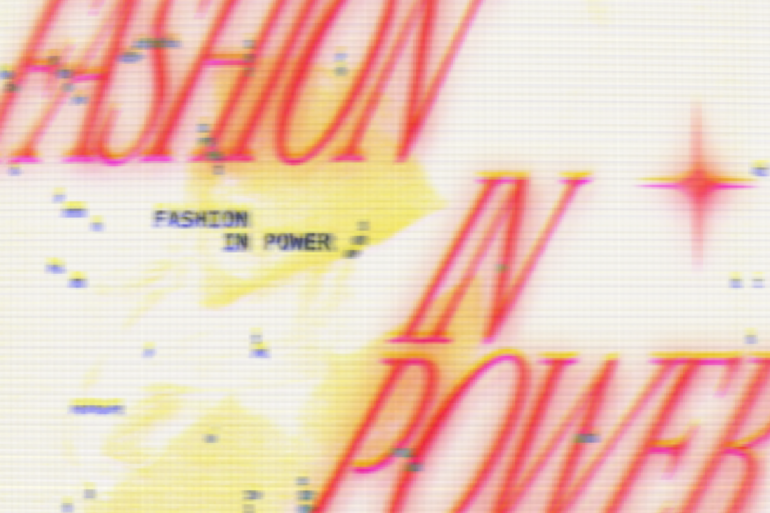Spoilers for Succession season 4 ahead*
HBO’s hit series Succession isn’t known for its fashion. It’s known for somehow making me feel guilty for these spoiled brats, but besides that, the Roy family style doesn’t go unnoticed. Roman has his unbuttoned, usually wrinkled, short sleeve shirts that make him look like he walked out of a UPenn frat party and into Murray Hill, and Greg grabs whatever he can from the Uniqlo sale rack.
In Succession, there isn’t a monogram in sight. Kendall has that weird era where he rocks a stretched-out tee and a pair of sneakers, and there is that girl who shows up with her “ludicrously copious” Burberry bag, but both of these looks represent people out of their element, trying to fit in a world of wealth they barely understand. The lack of logos and plain clothes leaves the Roys looking sophisticated and polished, and when a logo is seen, it’s rarely in a positive context.
Costume designer Michelle Matland didn’t just google “what do as*holes wear” and press order. She carefully planned each piece to tell a story and actually depict each character. Sounding like your high school AP English teacher, I ask: What does the fashion of ‘Succession’ tell us about the characters? And off of that, what does fashion tell us about the people in power?
Whether it’s the top tech giants, big-pharma reps, or political power players, the clothes they wear directly affect them as people. Now I’m not talking about the high rollers that dress in logo mania. It’s the people that you wouldn’t know had a cent to their name based on how they dress.
Although we think they might dress by blindly picking out whatever appears in front of them, the truth is that hours of planning and time go into putting together the most simplistic of looks. The billionaires of the world promote the idea that they don’t have the time to care about their fashion, yet they devote time and money to this “idea” that they don’t care.
Take Steve Jobs for example. He didn’t just stumble upon a black turtleneck from a Saks 5th Ave clearance bin, he had them custom designed by Issey Miyake after seeing their work for Sony’s uniform in the early 80s. Comfort wasn’t the only reason for this “chic” choice, it made him approachable. Just your average Silicon Valley app developer.
On our house floor today, uber-conservatives and “radical” leftists don’t just buy the new season’s color from Banana Republic, their outfits are carefully planned by a team of stylists. You rarely see an upcoming challenger in a three-piece suit. It’s a turnoff. This idea of the small-town “folk” challenging the political power players is what they are buying into. John Fetterman was praised and ridiculed for his oversized hoodie and jeans on the midterm election stage. Some called it grassroots and personable, others called it a mockery of democracy. I won’t tell you what you want to think but despite these criticisms, he won the election for seeming (and looking) so down to earth.
These ideas aren’t arbitrary and they’re not new. Fashion has been used as a power tool for centuries. Not to get all Miranda Pressley on you, but there is no choice in fashion that exempts you from it. Whether it’s a Gildan basic or Kendal’s $1500 waffle knit crewneck, fashion tells a story, and the fashion of the powerful tells us everything we need to know about them. But do not let them fool you into this mantra of “busy hustlers with no time to iron a shirt.” Fashion is powerful, and it can convince us that how others outwardly present is a reflection of who they are as people. It’s all story, all narrative. Even in a black turtleneck and a pair of gym shorts, you’re being led to believe that the people wearing them are just your average Greg, in an industry full of Roys.
Words by Evan Skovronsky.
Graphic by Josh Jamili.

